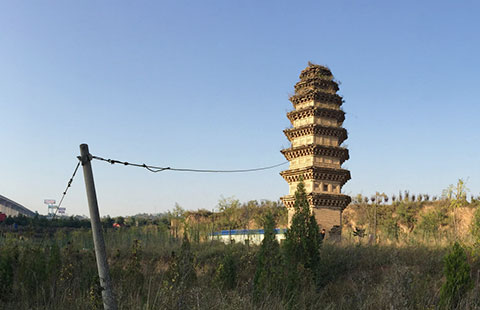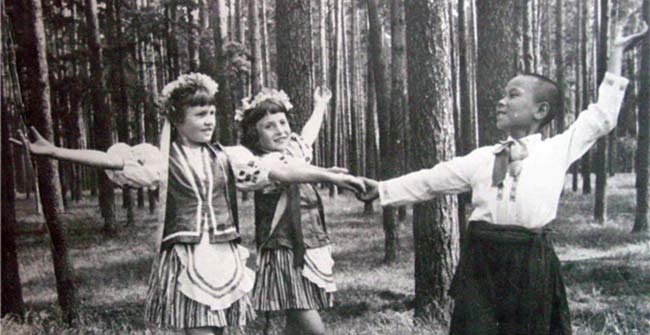Over 1 million Tibetan nomads choose settlement
(Xinhua) Updated: 2012-07-06 15:46LHASA - China's urbanization drive has reached as far as the "roof of the world," the Qinghai-Tibetan Plateau, a Xinhua investigation has found.
More than 1 million Tibetan herders, mostly in the past few years, have bid farewell to centuries-old nomadic lifestyles and settled in concrete homes in Tibetan-concentrated towns and cities across the region, latest figures reveal.
The nomad settlement campaign began as early as the 1990s but its pace notably picked up in the past decade as part of government efforts to boost welfare and living standards for Tibetan herders.
The plateau pastureland stretches across Tibet autonomous region, most of Qinghai province, and parts of Gansu and Sichuan provinces.
In Tibet autonomous region, the government invested 1.2 billion yuan ($189 million) for the settlement campaign from 2001 to 2011, helping 400,000 nomads settle in towns with decent housing, herding facilities, water and electricity supplies, said officials with the regional agriculture and animal husbandry department.
The government has allocated another 400 million yuan for use by the campaign by 2015 and aims to help 13,400 herding families settle, they added.
More than 270,000 nomads have settled in Qinghai, another Tibetan-concentrated province, in the three years since the campaign accelerated in 2009, according to Kong Qingxiu, head of the provincial government's nomad settlement office.
Kong said government investment in the initiative amounted to 3.4 billion yuan from 2009 to 2012.
"We not only improve the herders' living standards, but also provide them with easy assess to education, medical resources and more freedom to choose ways of living," Kong said.
A team from China's Minzu University conducted research on the community of settled herders in Maqu in 2008, and found that a significant number of families agreed to the settlement program primarily for their children's education.
"Their goal is clear. They want their kids to go to school and have more options later in life," noted Su Faxiang, an ethnology professor with the university and the leader of the research team.
Indeed, most settlement communities are comprised of the elderly and school children, while adults continue herding on the grassland.
But there are also herders who decide to break away from the traditional way of living.
- Govt to spend $22b on bringing 98% rural areas online by 2020
- Taiwan flight-transfer talks continue
- China vows to increase support for refugees
- Scientists sink teeth into history of humans in Asia
- Official urges right path for mainland-Taiwan relations development
- Former vice police chief on trial for bribery
- Air force now able to launch long-range, precision strikes
- Cheating in civil servant exams means seven-year jail
- Uninsured clergy face retirement crisis
- Xi: Global reforms in urgent need







